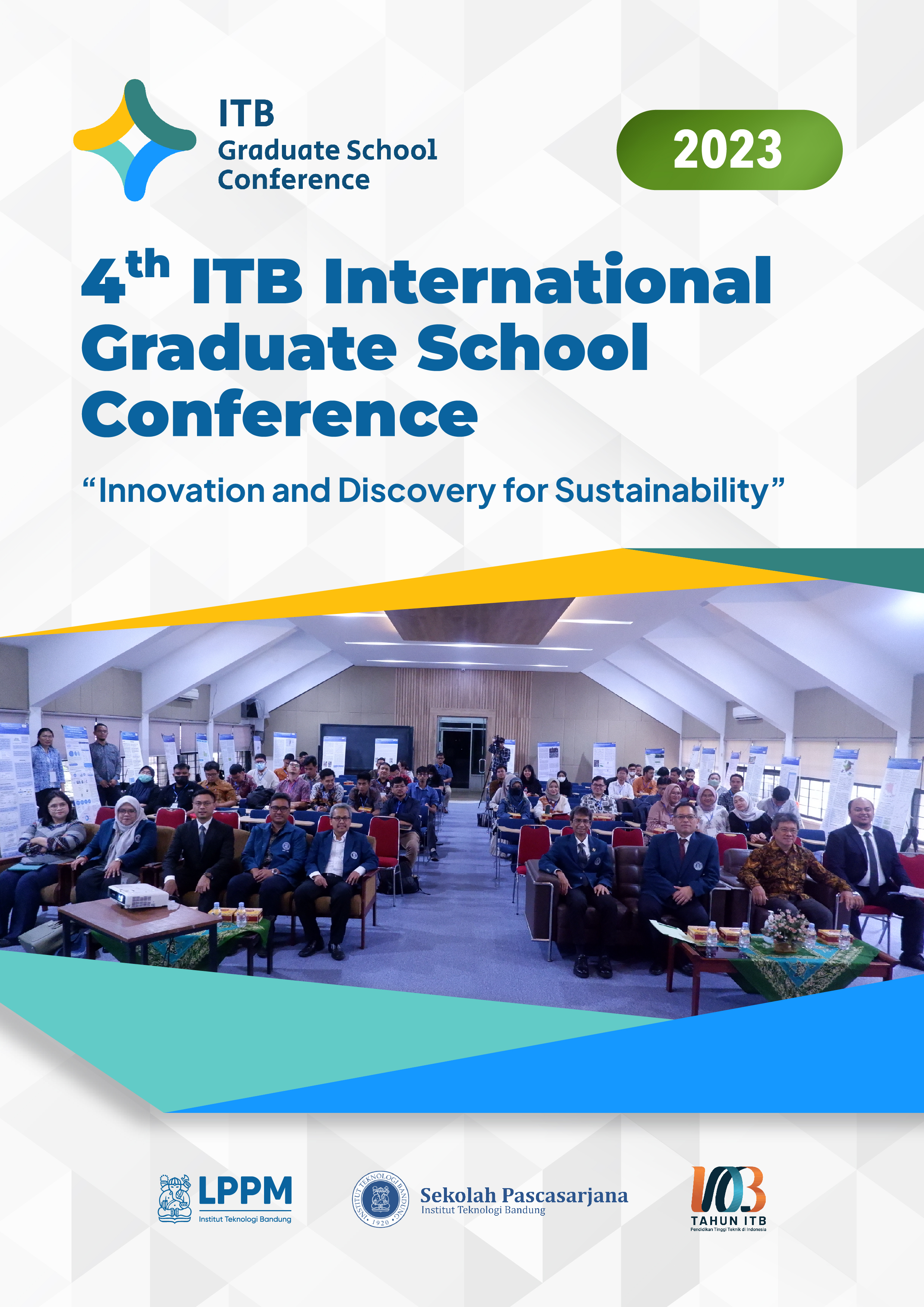Permanent Deformation Characteristic of Reclaimed Asphalt Pavement with Coconut Shell Bioasphalt (BTK) on AC-WC Hot Mix Asphalt
Keywords:
HMA AC-WC, RAP, bioasphalt, wheel tracking testAbstract
Based on the Ministry of PUPR Bina Marga`s report (2022), the need for asphalt in 2021 will reach 1.2 million tons. If the annual need for asphalt is around that number, natural resources as asphalt will be required. Therefore, asphalt modification is needed. The use of reclaimed asphalt pavement (RAP) is considered an effective fulfillment of domestic asphalt requirements of asphalt demand. Thus, some rejuvenators must be found to effectively use RAP from the old road pavements and utilize it as natural waste. In this research, the bioasphalt from coconut shells, which are processed to obtain oil from pyrolysis results. The use of coconut shell bio asphalt (BTK) as a rejuvenator in this study was reviewed by adding asphalt to RAP asphalt with a percentage of 35%, 40%, and 45% to the AC-WC HMA mixture. The asphalt mixture was tested by the marshall test, the resilience modulus using the UMATTA in KAO conditions, and the groove resistance test using the Wheel Tracking Machine. The results of bioasphalt research on RAP are the wheel tracking test on the 1260th tracks, the groove depth that occurs on HMA AC-WC without BTK+RAP, HMA AC-WC BTK RAP (35%; 40%; 45%) at 25OC and 45OC were 1,25; 1,20; 1,19; 0,91; 0,58; 0,49; 0,32 and 0,21 mm. It shows that the performance of HMA AC-WC BTK+RAP is better than conventional HMA AC-WC and proves that the use of RAP above 30% (the commonly used) can be carried out and provides better performance as well.
Downloads
References
Nurhadi, M., Penyumbang Terbesar Devisa Negara Indonesia adalah Kelapa Sawit, Berapa Nominalnya?, Suara.com, https://www.suara.com/bisnis/2022/01/26/143508/penyumbang-terbesar-devisa-negara-indonesia-adalah-kelapa-sawit-berapa-nominalnya, (access on March 3rd, 2022).
Green Asphalt Technoloies LLC, Hydrogreen Bioasphalt Bioenergy, Avello ® Bioenergy, 2011.
Hansen, K.R. dan Copeland, A., Annual Asphalt Pavement Industry Survey on Recycled Materials and Warm Mix Asphalt Usage: 2009-2013. Final Report, Lanham, MD: National Asphalt Pavement Association, 2014.
Suherman, Kinerja Modulus Resilien Dan Deformasi Permanen Dari Campuran Lapis Antara (AC-BC) Yang Menggunakan Material Hasil Daur Ulang (RAP), Jurnal Sains, Teknologi dan Industri, 10(1), 2012.
Asphalt Institute, MS-2 Asphalt Mix Design Methods, Asphalt Institute, 2014.
Nono, Campuran Beraspal Panas Daur Ulang dengan Proporsi RAP Tinggi, Ministry of Public Works Indonesia, Bandung, 2018.
Nindita, D., Synthesis Of Bioasphalt From Albasia Wood Sawdust With Pyrolysis Method, Thesis, Civil Engineering Department, Jakarta, 2012.
Hansen, K.R. dan Copeland, A., Annual Asphalt Pavement Industry Survey on Recycled Materials and Warm Mix Asphalt Usage: 2009-2013, National Asphalt Pavement Association, Lanham, 2014.


